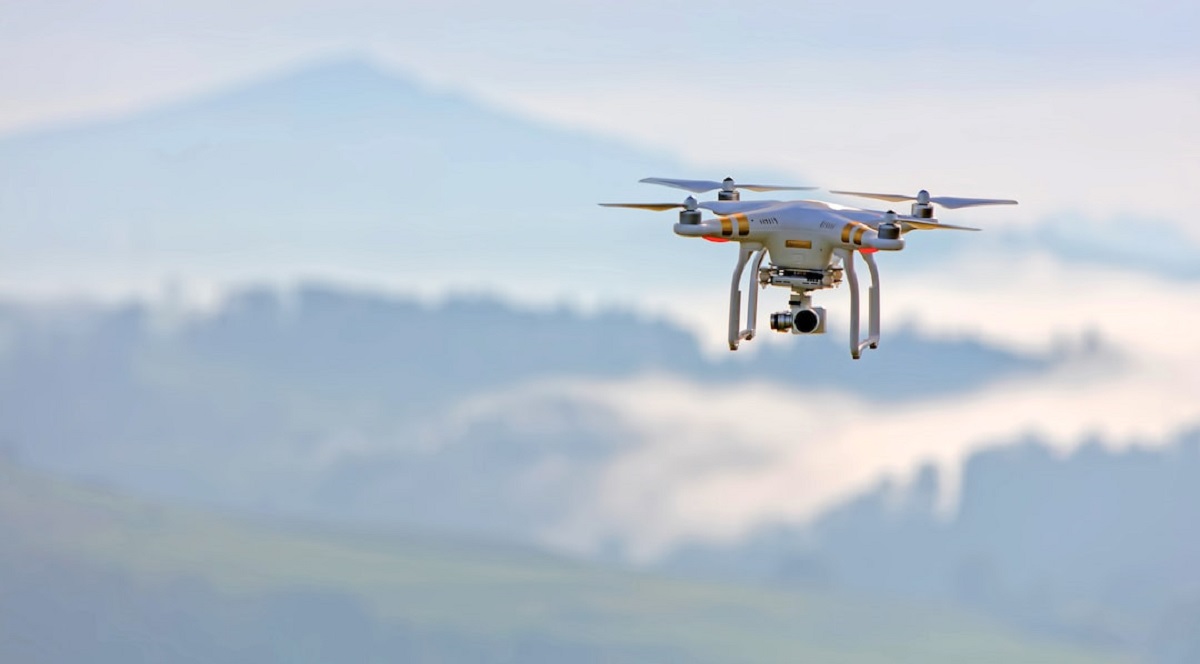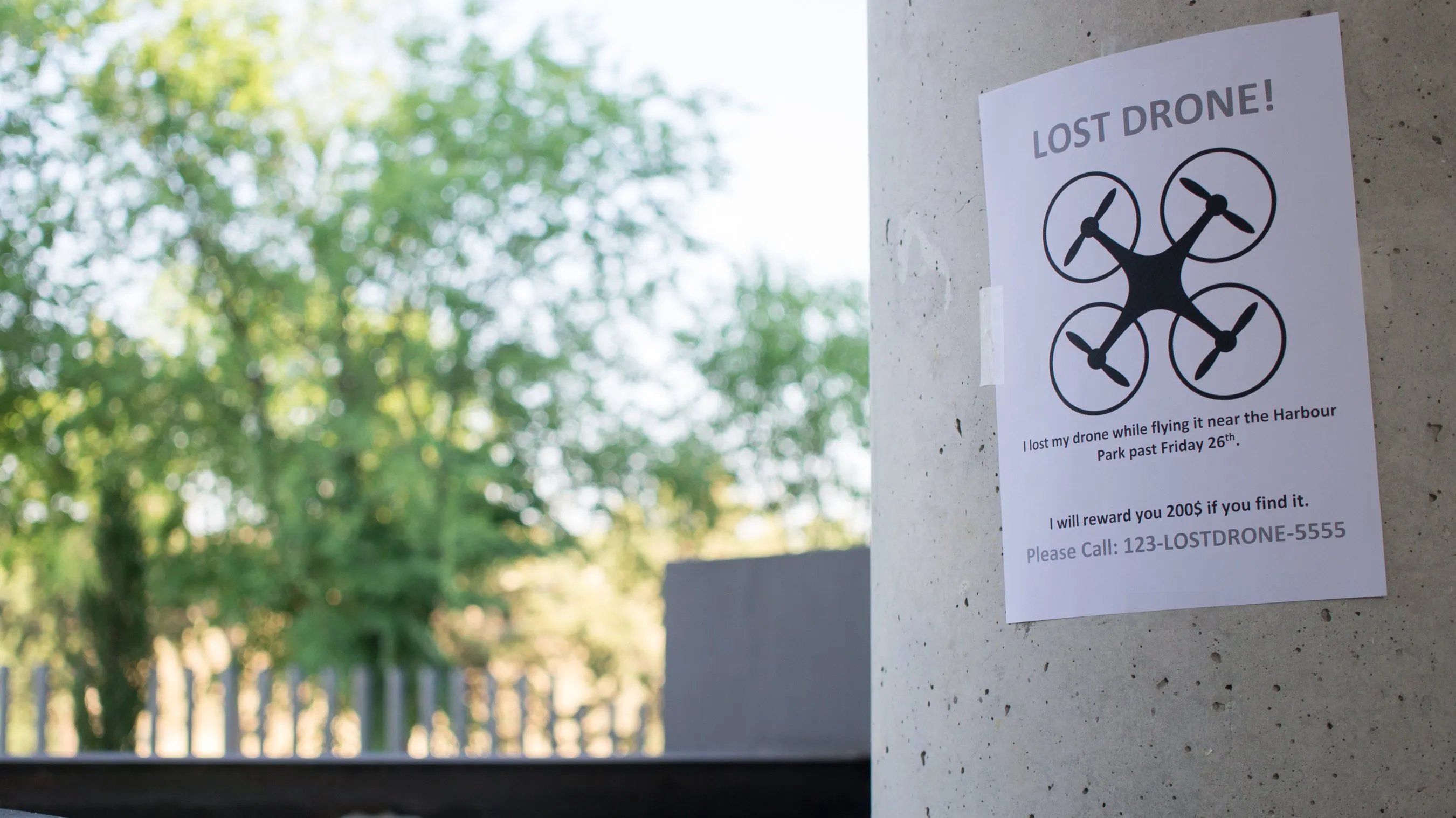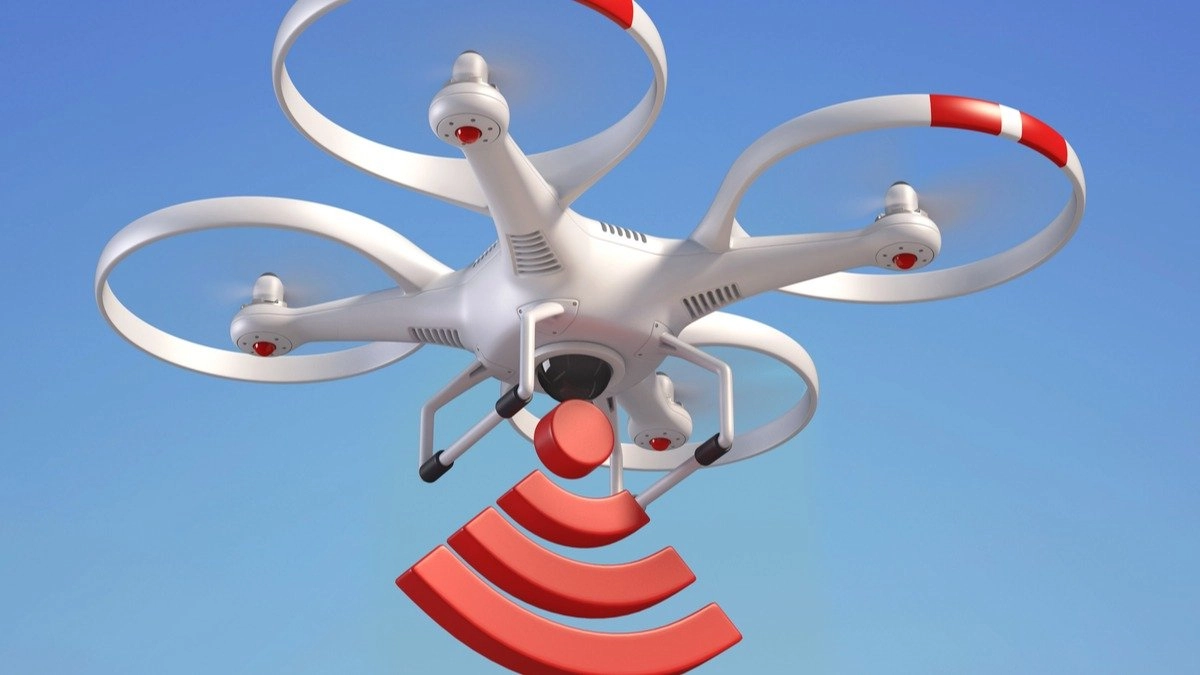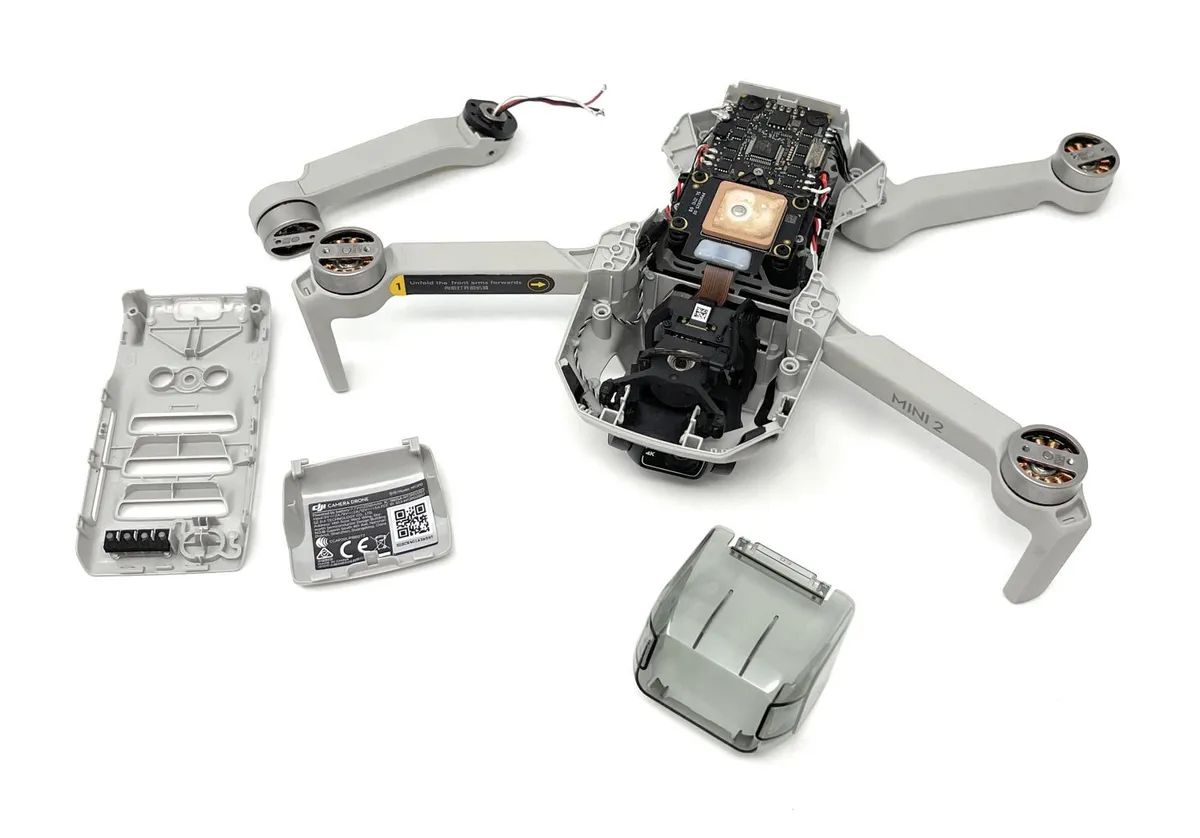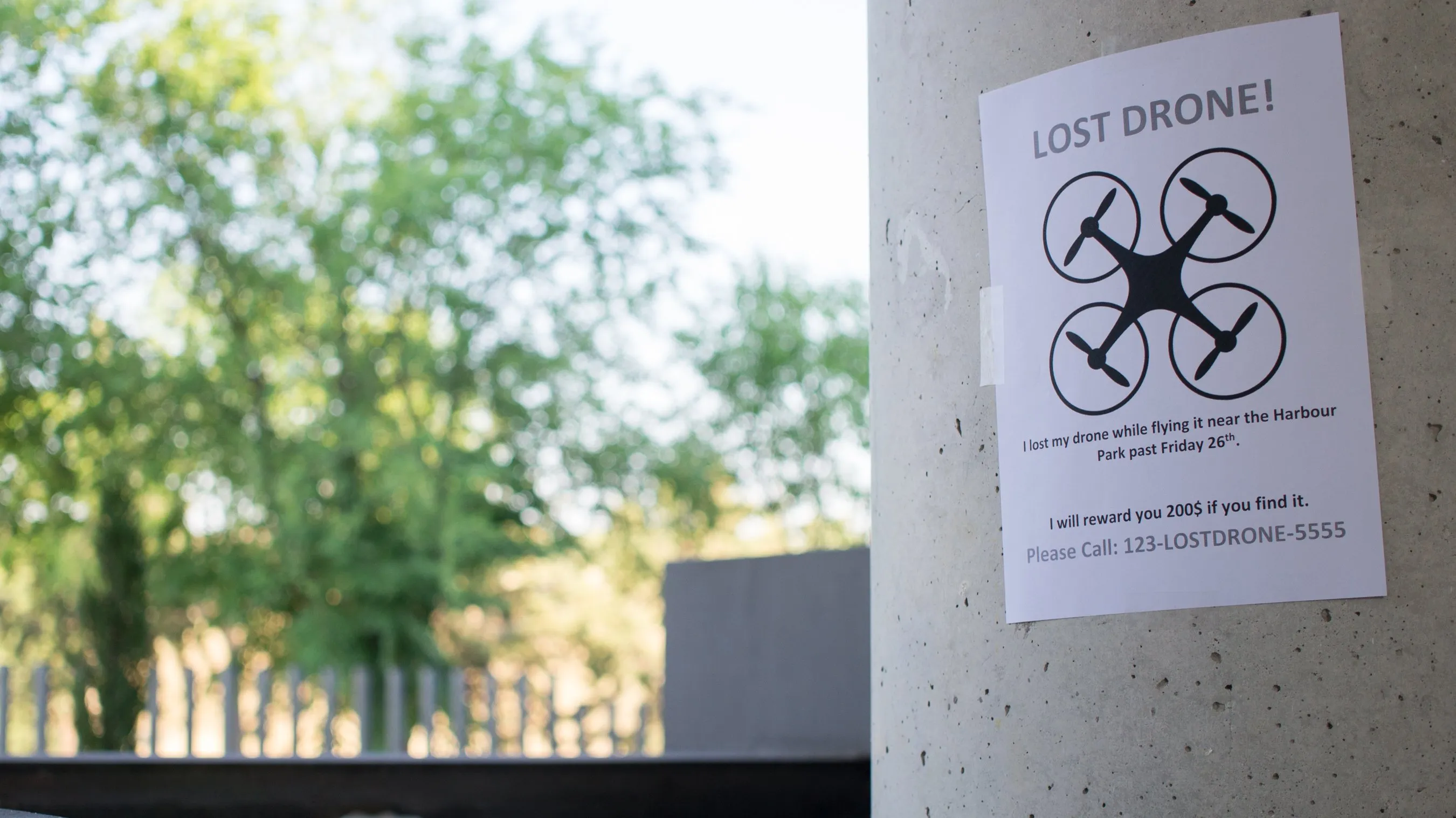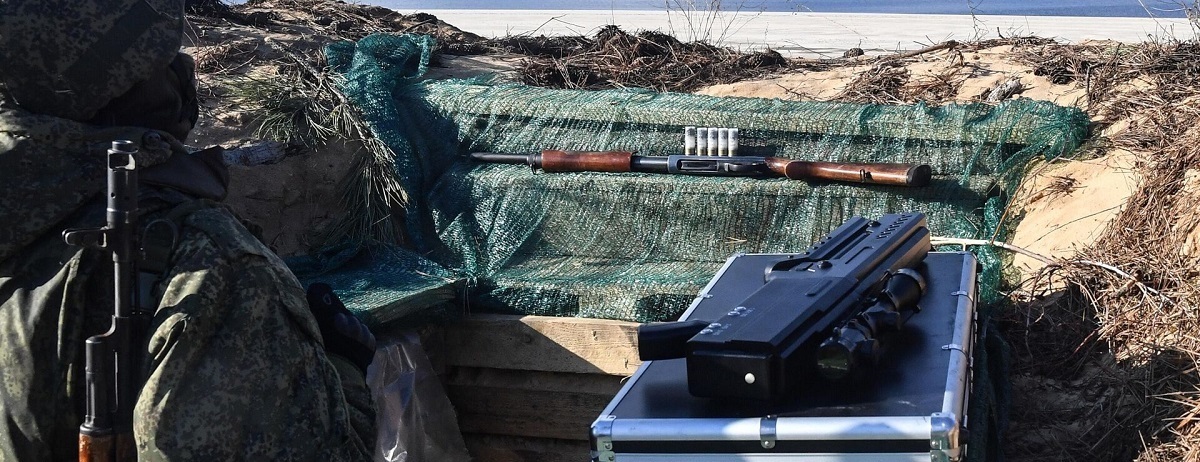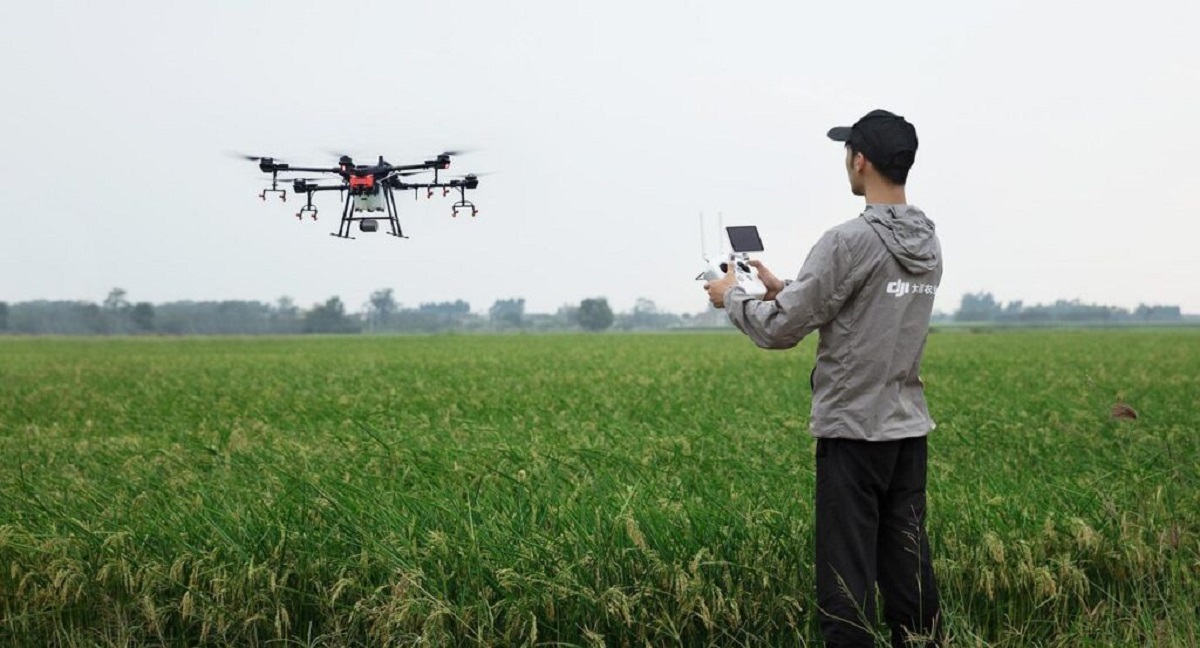Reasons for Losing Signal Connection
When operating a drone, it’s crucial to maintain a strong and stable signal connection between the remote controller and the aircraft. Unfortunately, there are several factors that can lead to a loss of signal connection. Understanding these reasons can help drone pilots take precautions and mitigate the risks. Here are some common causes for signal loss:
- Distance: One of the primary factors that can cause a loss of signal is the distance between the remote controller and the drone. As the drone goes farther away, the signal strength diminishes, leading to potential signal loss.
- Obstacles: Physical obstructions like buildings, trees, or even other radio frequency (RF) sources can interfere with the signal transmission. These obstacles can block or weaken the radio waves, resulting in a weaker connection or even complete signal loss.
- Interference: In crowded areas or locations with high RF interference, such as airports or urban areas, there might be multiple devices operating in the same frequency range as your drone. This can cause signal interference and disrupt the communication between the controller and the aircraft.
- Weather conditions: Adverse weather conditions like heavy rain, snow, or fog can also affect the signal connection of a drone. The water droplets or particles in the air can absorb or scatter the radio waves, leading to signal loss or degraded connection.
- Battery voltage: Low battery voltage can contribute to signal loss. When the drone’s battery is running low, it may not have enough power to maintain a stable signal connection, resulting in a sudden loss of connection.
It is essential for drone pilots to be aware of these potential causes of signal loss and take appropriate measures to prevent them. Anticipating these factors can help ensure a safe and uninterrupted drone flight, minimizing the risk of accidents or flyaways.
Effects on Flight Control
A loss of signal connection between the remote controller and the drone can have significant effects on the pilot’s ability to control the aircraft. Here are some of the potential effects when the signal is lost:
- Loss of control: When the signal is lost, the drone may become unresponsive to the pilot’s commands. This means that the pilot cannot control the drone’s movements, making it difficult to navigate or land the aircraft safely.
- Drifting: In some cases, when the signal connection is lost, the drone may continue to maintain its last known instructions. This can cause the aircraft to drift away or into obstacles, posing a potential risk to people and property in the vicinity.
- No telemetry data: The loss of signal also means that the pilot loses access to vital telemetry data such as battery level, altitude, and GPS location. Without this information, the pilot may have limited visibility into the drone’s status, making it challenging to make informed decisions during the flight.
- Loss of camera feed: For drones equipped with a camera, the loss of signal can result in the disruption of the live video feed. This can hinder the pilot’s situational awareness, affecting their ability to capture footage or monitor the surroundings during a flight.
It is crucial for drone pilots to be prepared for a potential loss of signal and understand how to handle these situations. In case of signal loss, it is recommended to remain calm and follow the drone manufacturer’s guidelines for regaining control or activating fail-safe mechanisms.
By being aware of the potential effects on flight control when signal connectivity is lost, pilots can take appropriate precautions and minimize the risks associated with signal loss.
Auto Return to Home Function
Most modern drones are equipped with an important safety feature called “Auto Return to Home” (RTH) function. When the signal connection between the drone and the controller is lost, this feature enables the aircraft to autonomously return to its takeoff point or a predefined home location. Here are some key points to know about the Auto RTH function:
- Automatic activation: When the drone loses signal, the Auto RTH function is typically activated automatically. This ensures that even if the pilot is unable to regain control, the drone will initiate the return-to-home sequence, providing a safety measure to prevent flyaways.
- Safe and controlled landing: During the return-to-home process, the drone uses its GPS positioning to navigate back to the designated home location. It will typically ascend to a safe altitude to avoid obstacles and ensure a smooth landing.
- Emergency situations: Auto RTH can also be triggered manually by the pilot in emergency situations. If the pilot encounters any issues or loses sight of the drone, they can activate the RTH function to ensure the drone returns safely to the home location.
- Settings customization: Many drones allow pilots to customize the RTH settings, such as the altitude at which the drone ascends, the speed of return, or even the home location itself. This flexibility allows pilots to adjust the RTH function to their specific needs and flying environment.
While the Auto Return to Home function is a valuable safety feature, it’s important for drone pilots to understand its limitations. For example, if the home location is no longer accessible, such as when the takeoff point was a moving vehicle or a boat, the drone may be unable to land safely. Additionally, pilots should ensure that their drone’s GPS signal is strong and accurate for reliable RTH functioning.
Understanding and utilizing the Auto RTH function can help drone pilots minimize the risks associated with signal loss and ensure the safe return of their aircraft.
Risk of Flyaway
One of the most concerning risks associated with a loss of signal connection is the potential for a flyaway. A flyaway occurs when a drone becomes uncontrollable and drifts away from the intended flight path, potentially leading to a crash or loss of the aircraft. Here are some important points to consider regarding the risk of flyaway:
- Lack of control: When the signal connectivity is lost, the pilot loses the ability to control the drone’s movements. Without the control inputs from the remote controller, the drone may continue its last known instructions, leading to unintended flight paths.
- Environmental factors: Flyaways can be exacerbated by environmental factors such as strong winds, magnetic interference, or signal obstruction. These factors can disrupt the drone’s stability and exacerbate the loss of control, increasing the likelihood of a flyaway.
- Failure of fail-safe systems: While drones are equipped with fail-safe mechanisms and the Auto RTH function, there is still a possibility that these systems may fail. If the fail-safe mechanisms do not activate or the RTH function is compromised, the risk of a flyaway becomes even higher.
- Loss of the drone: In some cases, a flyaway can result in the complete loss of the drone. If the drone drifts too far away or crashes into an inaccessible area, it may be challenging or impossible to recover the aircraft.
To mitigate the risk of flyaway, drone pilots should always perform a pre-flight check to ensure the drone’s systems are functioning properly. Additionally, maintaining a strong signal connection, flying in appropriate weather conditions, and avoiding areas with high interference can help reduce the likelihood of a flyaway.
In the event of a signal loss and potential flyaway, staying calm and following the recommended procedures for retrieving or regaining control of the drone is crucial. Drone pilots should also consider investing in drone insurance to mitigate potential financial loss in case of a flyaway.
Understanding the risk of flyaway and taking preventative measures can help drone pilots maintain control over their aircraft and minimize the chances of encountering this dangerous situation.
Importance of Signal Strength
The signal strength between a drone and its remote controller plays a vital role in ensuring a safe and successful flight. Here are some reasons highlighting the importance of maintaining a strong signal connection:
- Control and maneuverability: A strong signal connection enables precise control of the drone’s movements. With a weak signal, the drone’s responsiveness may be delayed or inconsistent, making it difficult to maneuver the aircraft as desired. This can impact the pilot’s ability to navigate obstacles, perform aerial maneuvers, or capture smooth footage.
- Real-time feedback: The signal strength also affects the real-time feedback received by the pilot. A strong connection provides accurate and timely telemetry data, including battery level, altitude, GPS coordinates, and signal quality. This information is crucial for making informed decisions during the flight and ensuring the drone’s overall safety.
- Stability and reliability: A robust signal connection contributes to the stability and reliability of the drone’s flight. When the signal is strong, the drone can maintain a solid hover, respond promptly to control inputs, and execute flight commands with minimal latency. This enhances the overall flight experience and reduces the risk of accidents or flyaways.
- Safe return-to-home: In case of an emergency or loss of control, a strong signal connection is vital for triggering the Auto Return to Home function. If the signal is weak, the drone’s ability to autonomously return to its home location may be compromised, increasing the risk of a flyaway or an uncontrolled landing.
- Range limitations: The signal strength also determines the effective range of the drone. Weak signal connectivity can reduce the operational range, limiting the distance the drone can fly from the controller. This is especially crucial for long-distance flights or scenarios where the drone needs to explore vast areas.
To ensure optimal signal strength, drone pilots should follow best practices, such as avoiding areas with high interference, keeping the remote controller and drone within a reasonable distance, and maintaining line-of-sight communication whenever possible. Additionally, updating firmware and regularly inspecting the equipment for any signal-related issues can significantly improve signal stability.
Recognizing the importance of signal strength and taking steps to maintain a strong connection enables drone pilots to have greater control over their aircraft, enhance flight performance, and ensure a safer and more enjoyable flying experience.
Ways to Improve Signal Connection
To enhance the signal connection between your drone and the remote controller, consider implementing the following measures:
- Optimize antenna position: Ensure that the antennas on both the drone and remote controller are positioned correctly. Most drones have omnidirectional antennas, so make sure they are pointed vertically. Adjusting the antenna orientation can help improve signal reception.
- Reduce interference: Avoid flying in areas with high RF interference, such as near power lines, cellular towers, or crowded urban environments. Interference from other electronic devices can disrupt the signal transmission. By minimizing potential sources of interference, you can maintain a stronger connection.
- Keep line of sight: Maintain a clear line of sight between the drone and the remote controller. Obstacles like buildings, trees, or even your own body can weaken the signal, so position yourself in a location where the drone has a direct line of sight to the controller.
- Maintain proper distance: While flying, keep the drone within the recommended range specified by the manufacturer. Exceeding the maximum range can weaken the signal and increase the risk of signal loss. Similarly, flying too close to the remote controller can also cause interference and affect signal quality.
- Upgrade equipment: Consider upgrading the remote controller and drone components, such as antennas or signal boosters, to improve signal strength. Some drones allow for aftermarket antennas or signal range extenders that can significantly enhance connectivity.
- Avoid adverse weather conditions: Adverse weather conditions like heavy rain, snow, or fog can weaken the radio wave transmission and negatively impact the signal connection. Whenever possible, fly in clear weather conditions to maintain a strong and stable signal.
Remember, always refer to the manufacturer’s guidelines and instructions regarding signal requirements and recommendations. Different drones may have specific requirements for optimal signal connection. By following these measures and taking proper precautions, you can improve the signal connection between your drone and remote controller, resulting in a more reliable and enjoyable flying experience.
Conclusion
Maintaining a strong and stable signal connection between your drone and the remote controller is essential for a successful and safe flight. Understanding the reasons for signal loss, the effects on flight control, and the importance of signal strength can help you mitigate risks and ensure a smooth flying experience.
When your drone loses signal connection, it can lead to a loss of control, drifting, and a disruption of telemetry data and camera feed. However, with the Auto Return to Home function, your drone can autonomously return to its takeoff point or a predefined home location, minimizing the chances of a flyaway.
It’s important to recognize the factors that can weaken signal strength, such as distance, obstacles, interference, weather conditions, and battery voltage. By optimizing antenna position, reducing interference, maintaining line of sight, and upgrading the equipment if necessary, you can improve your signal connection and maximize control over your drone.
Remember to always adhere to the manufacturer’s guidelines, perform pre-flight checks, and stay vigilant while flying. By taking these measures and understanding the risks associated with signal loss, you can ensure the safety of your drone and enjoy a seamless flight experience.







